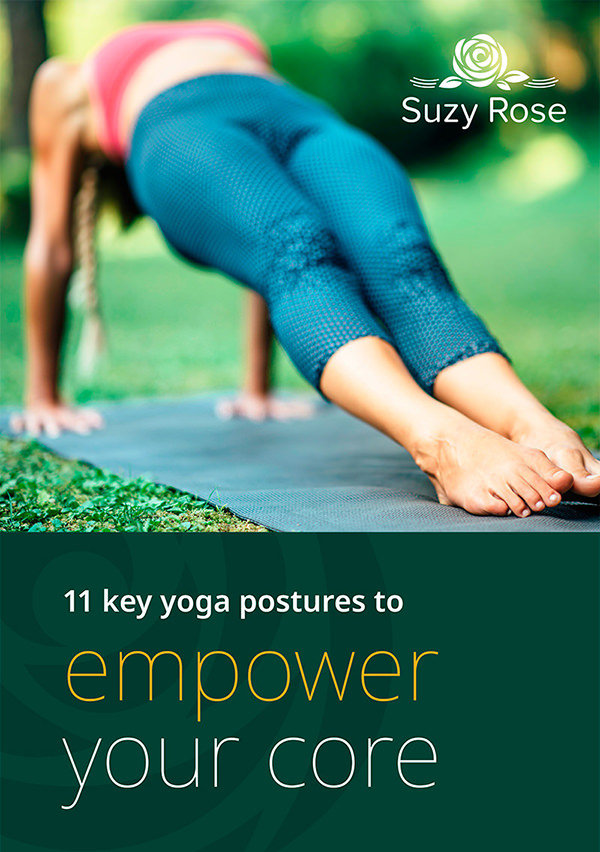What is the Psoas Muscle?
The psoas attaches your upper body to your lower body. It is the only muscle that connects your spine to your legs. It is also one of the most fascinating and important muscles in the human body – physically, emotionally and energetically. It is referred to as the muscle of the soul.
The Psoas Muscle is the main muscle that responds to the sympathetic nervous system during the Flight, Fight, Freeze or Fawn response, when the body senses or experiences danger. The psoas contracts up, like a caterpillar poked by a stick. When the danger passes and you feel safe again, you will go back into the parasympathetic state of relaxation and rest – as long as you release the tension. We all at some point in our life experience some level of stress or trauma but we do not always have the opportunity to release it.

How the Psoas is linked to Flight or Fright
In our physical body, the psoas is associated with and affects :
• Healthy and balanced posture
• Stiffness in the hips and the spine
• Our freedom of movement when walking
• The movement of our diaphragm and how we breathe
In our emotional body, the psoas greatly determines :
• The ability to relax
• Our feelings of wellbeing and stability
• The free flow of subtle energy in the body which increases sensitivity
Unreleased Stress Trauma in the Psoas
The gradual process of ‘coming down’ from the increased activation state of a traumatic experience is important for your physical, emotional and mental health. If you are unable to process and release the stress you experienced, the tension in your psoas will remain in an activated state and suppressed in the body tissue. Even if you think you have returned to a normal state of balance in your body, it is likely that you still have some tension there which may present as tightness and stiffness in the back and hips.

In our society it is commonly expected of us to “get over it,” or “move on,” too quickly after an emotionally challenging time and ignore the trauma that we have experienced and to push it down deeper and deeper. In a rush to return to a life as usual or “deal with my own problems” the psoas is left in an unhealed and stressed state.
What can develop is a disconnection between mind and body, a common condition we can all suffer from referred to as Dissociation and this can last for many years. Some people have the capacity to accommodate a lot of tension and trauma while others cannot. The psoas is like a container; some people have a big container and others a smaller one. If not emptied out regularly, it fills up with stress, and can store years’ worth of unresolved tension.
Releasing Psoas Tension
The good news is that our body is fully equipped and capable of releasing tension from your psoas.
Helping people release their psoas is so very important in yoga and therapy. It enables us to feel better in our body and in their life. When we learn to release stored up tension, it’s likely that we sleep better and that our general mood improves. We are more easily able to have healthy boundaries and meet our our own needs in life. We are also better equipped to avoid burnout or exhaustion long-term.
We feel more energised and more at ease in ourselves by feeling more anchored and connected to our body. We become more connected to our heart and are able to embrace life as it flows. The psoas is awakened and has nothing less than a magical effect on our whole being.
How you can maintain a healthy psoas :

- Avoid sitting for prolonged periods of time. Sit with the back in its natural ’S’ shape curve, with the hips higher than the knees, Avoid seats that cause your back to go into a “C” curve.
- Set a timer to move around and stretch regularly at least once an hour. Open and stretch the front body frequently.
- Avoid excessive strain on the body when doing exercises like biking, running, or sit-ups. These tend to shorten and contract the psoas, often unevenly.
- Walk, run and move smoothly and from your core strength, the solar plexus. How Yoga helps to heal the Psoas Muscle. Yoga is one of the simplest that can start to release the psoas and unlock stress or trauma from the body. Here are some great postures that would help to so just that :
Yoga Postures for the Psoas
Active Supine stretch (Ardha Apanasana)
Starting from constructive rest position and keeping both knees bent, bring your right upper thigh toward your chest. Gently hug your right leg toward your trunk and lift your head and other leg up If that feels ok for you.

Hip openers
Hip opener postures in yoga unlock can greatly help to release our locked emotions. Gentle hip opening yoga poses are a soothing and effective way to release tension from the psoas muscles. It’s also important to be mindful that when practicing hip openers, emotions can come to the surface. Allowing ourselves to feel these emotions is what helps us heal. Doing these in a safe environment or seeking professional support during this time is advised. Mindfulness techniques to help release emotions can also be of great benefit to you.
Pigeon pose (Kapotasana)

Wide legged forward bend (Prasarita Padottanasana)

Warrior 2 pose (Virabhadrasana II)

Wide-legged forward bend (upavistha konasana)

No matter what you do, your psoas is involved in almost every action and movement and even your feelings and thoughts are linked to it. I hope this post has given you some deep insight into how it affects our whole being and how to work with it to release tension and clear the nervous system of past stress and trauma to free you to live a happier and more fulfilling life.
My Yoga classes and Workshops and my Mindfulness Teachings are designed to help people manage stress and trauma in the body and mind.
Please also take a look at some other ways I can to help you be the best you can be in yourself….
Warmest Wishes
Suzy


